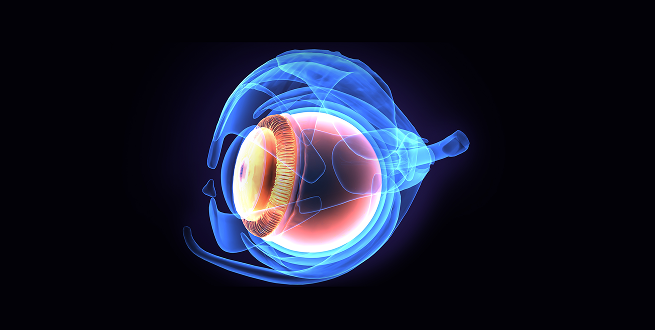A swine model of selective geographic atrophy of outer retinal layers mimicking atrophic AMD:
A phase I escalating dose of subretinal sodium iodate
28/02/25 | Versa Biomedical

Despite recent advances in treatment of the wet form of AMD,1–6 the clinical outcome of AMD often remains blindness. Nowadays, the great challenge to which the ophthalmologic community is committed lies in finding a treatment that may slow the relentless progression of the atrophic form of the disease, together with other approaches that restore or regenerate the involved part of the diseased retinal tissue. Nowadays, the advanced form of dry AMD with geographic atrophy (GA) may be the first cause of legal blindness among elderly patients in the industrialized world, and it represents up to a third of cases of late AMD.7,8 Besides the impact of the disease among individuals, the economic burden of atrophic AMD (drusen, RPE abnormalities, and/or GA) in the United States is enormous: $26,100 million annually in one study9 and approximately 0.22% of its gross domestic product in 2010 in terms of wage loss from untreated disease in another report.10
Download case

Abstract of the publication:
Purpose
To establish the dose of subretinal sodium iodate (NaIO3) in order to create a toxin-induced large animal model of selective circumscribed atrophy of outer retinal layers, the retinal pigment epithelium (RPE), and photoreceptors, by spectral-domain optical coherence tomography (SD-OCT) and immunocytochemistry.Methods
Fifteen male and female healthy Yorkshire pigs received unilateral subretinal escalating doses of NaIO3 under general anesthesia. In all the animals, volumes of 0.1 to 0.2 mL NaIO3 were injected into the subretinal space of the area centralis through a 23/38-gauge subretinal cannula. Control SD-OCTs were performed 1 and 2 months after the surgery, at which time pigs were euthanized and eyes enucleated. Globes were routinely processed for histologic and immunohistochemical evaluation.Results
Spectral-domain OCT and immunohistochemistry revealed circumscribed and well-demarcated funduscopic lesions, limited to the outer retinal layers in pigs treated with 0.01 mg/mL subretinal sodium iodate.Conclusions
The swine model of a controlled area of circumscribed retinal damage, with well-delimited borders, and selectively of the outer layers of the retina presented herein shows several clinical and histologic features of geographic atrophy in AMD. Therefore, it may represent a valuable tool in the investigation of new emerging regenerative therapies that aim to restore visual function, such as stem cell transplantation or optogenetics.
Some nice words
The words of our sponsors prove that, in the pursuit of innovation and efficiency, we are on the right track



